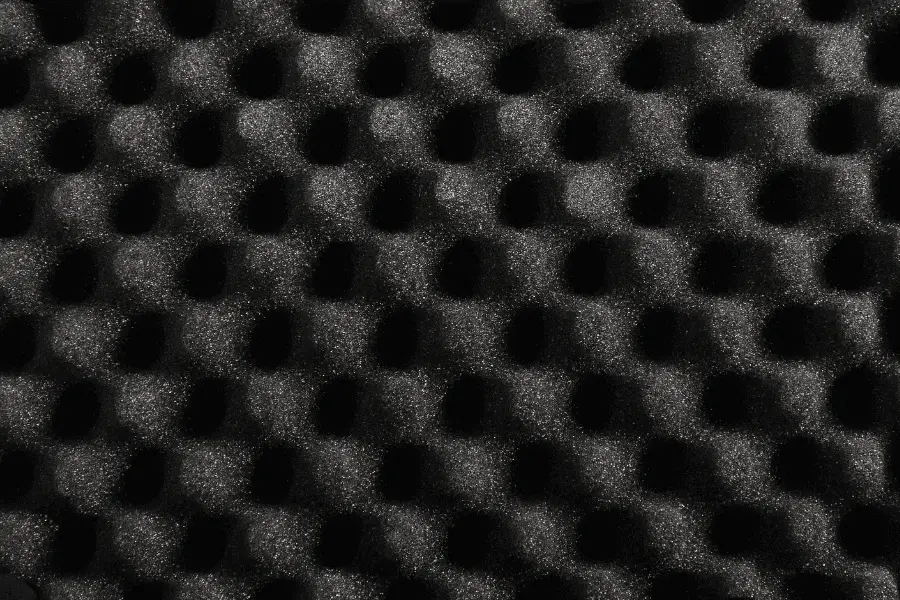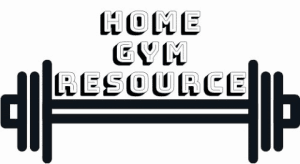Picture this: you’re in the zone, focused on your work when suddenly you hear a loud crash from upstairs. It’s the sound of your neighbor dropping something on their floor. If you’ve ever experienced the annoyance of noisy neighbors or family members, you know how important it is to reduce those irritating sounds. So, where do you start? The key lies in the flooring. By choosing the right materials, you can greatly minimize noise and vibrations in your home gym.
The easiest way to create a type of acoustic flooring for a home gym is to get the correct acoustic underlay and put thick rubber mats on top of that. This will greatly reduce the amount of noise that is created by weightlifting and other exercises for other people to hear.
No one wants to deal with noisy disruptions or the irritation caused by excessive vibrations. That’s why choosing the right flooring materials is paramount. By implementing acoustic underlay and placing thick rubber mats on top, you can effectively minimize noise and vibrations, ensuring a serene atmosphere for both yourself and those around you. Let’s explore how these flooring solutions can transform your home gym into a tranquil space where you can focus on achieving your fitness goals.
Contents
Home Gym Noises and Flooring
Working out can be pretty noisy. Especially weightlifting or using strength machines can cause a lot of noise and vibrations that are just irritating. This is also the type of noise that can really bother the neighbors or other people in your house. Think about someone dropping weights above your head for an hour. After 15 minutes you would probably get pretty fed up.
So reducing noise or at least the amount of noise that gets to your neighbors ears is important in many home gyms, especially if there are other people nearby. Flooring is where most of the impacts that create the noises happen so it makes sense to tackle this first.
One way to greatly reduce the noise and vibrations that are audible for other people, is with acoustic gym flooring. There are commercial solutions for this but they are mainly for large gyms and health clubs, not necessarily for home gyms. But here’s what you can do at home.
To get the most noise reduction in a home gym, you need two things:
- Rubber gym flooring mats
- Acoustic underlay
Let’s take a look at both of those separately.
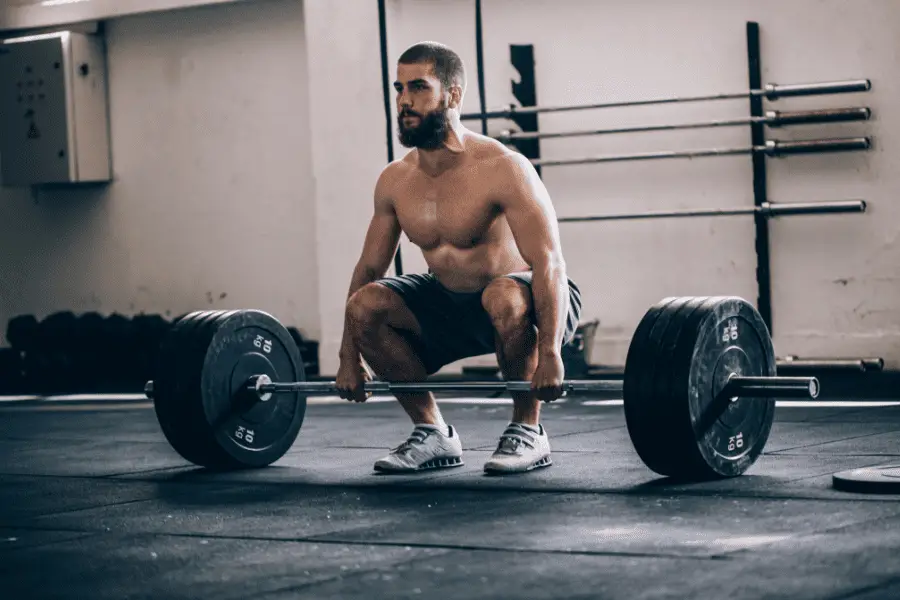
Thick rubber gym mats
The first thing to do is get good rubber mats. Noises and vibrations are absorbed by heavy yet pliable things. Hard surfaces like walls just bounce the noise back and forth, that’s not what you want. You need something that absorbs the vibrations and is heavy enough to stop it.
You can find the best fitness flooring for all different workout situations here.
In a home gym, the best way to get this is by using rubber gym flooring. Rubber gym flooring looks good, reduces noise, is easy to clean, great at protecting your equipment and the flooring underneath. Good gym flooring is the foundation of any good home gym. There are a few different types of gym flooring. The main materials are foam and rubber. Foam is cheap but not very durable so rubber is the best option for a long lasting flooring solution.
For the best sound absorption capabilities, you want the heaviest rubber mats you can find. Most normal gym mats are 3/16” or ¼”. However, if you want good vibration absorption, it’s a good idea to get some thicker flooring. ½” or even ¾” is going to make a difference.
A ½” rubber gym mat is going to do a pretty good job of reducing noise transfer by itself. However, to get the best results, you want to combine the rubber flooring with an acoustic underlay.
Acoustic underlay
An acoustic underlay is a layer that is designed to go in between the structural floor and the top layer. It’s pretty easy to install and reduces noise. It decouples the flooring from the structure and so reduces the amount of noise and vibrations that are transferred.
Usually it’s made out of rubber but other materials exist as well. Since you’ll already have thick rubber flooring in your gym (If you read the paragraphs above), adding another rubber layer is going to do something but combining rubber with another material is going to be more effective.
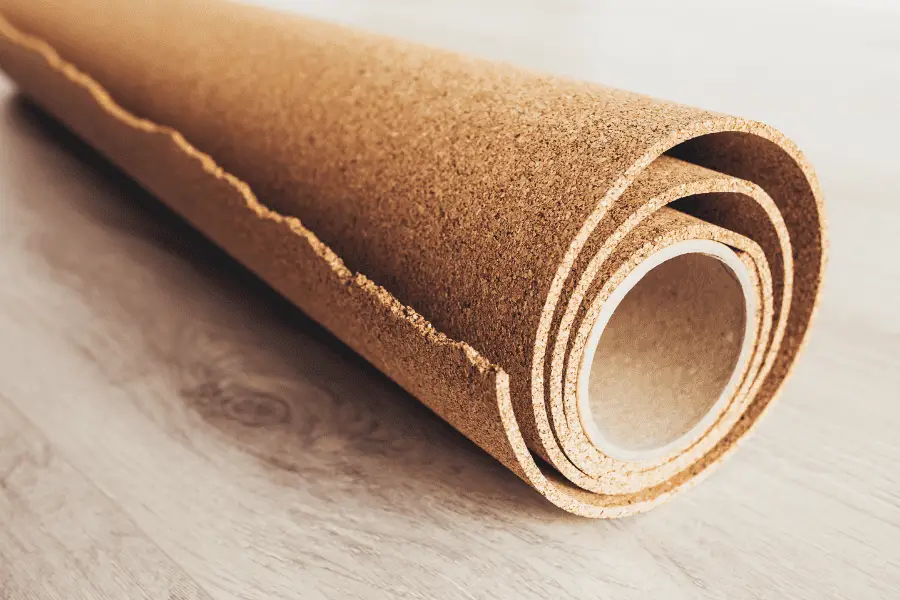
When shopping for acoustic underlayment, there are two indicators you should know:
- STC (Sound Transmission Class): A higher number is better. This number indicates how much airborne noise is being dampened. Basically any noise created in the space that’s not an impact on the floor for example: Voices, TV and weight plates banging against each other.
- IIC (Impact Insulation Class): A higher number is better. This is a rating that indicates how much of the impact is not transferred.
So ideally you want to have both a high STC and IIC rating. To get an idea of what kind of numbers to look for:
- STC ratings are usually a number between 15 and 80. The highest you’ll likely find in common underlayment is an STC rating around 70. For a home gym you’ll definitely want something over 60. There are some affordable options that come in around 65 which is great.
- Most building codes require an underlay with an IIC rating of at least 50 for condos and hotels. A bare concrete floor will have an ICC of about 30. For a home gym, an IIC rating of 60+ is recommended. 70 is considered “virtually sound proof”.
Do you need gym flooring on a concrete floor? Click here to find an in-depth article.
The IIC rating is especially important in a home gym because you have the impact of dropping weights and the footfall on a treadmill for example.
The underlay has to do a good job absorbing the noise but at the same time provide a stable enough base. The thicker the rubber mat you put on top of the underlay, the stiffer it’s going to be so the deflection will be less. Or at least it’s going to be spread out over a larger area.
If you’ve got short pile carpet that’s relatively hard, this actually could do a pretty good job. When it’s already in the room, it’s the easiest to just lay appropriate rubber gym flooring on top of it and forget about any acoustic underlayment. However, just as with foam, if the carpet is too thick and fluffy it could cause some instability.
The best option for an acoustic underlayment for a home gym is Quietwalk. It’s relatively stiff but has an STC rating of 66 and IIC rating of 71! This combination of high ratings is hard to find in any other product. While it’s not cheap, it’s not horribly expensive either.
Underlay material
There are a lot of different underlays made from different materials. Here are some options;
- Foam
- Rubber
- Cork
- Felt
- Vinyl
Since we’re already using rubber mats for the top layer, it’s a good idea to choose a different material for the underlayment so you can get the benefits of different materials. All the other types of underlay will work under a rubber mat, just don’t go for something that is too soft. You don’t need the comfort in a gym, you want stability. In most cases, a felt option will be the best. They are not too soft, tend to have a high STC and IIC rating and often come with a built in vapor guard.
There is some difference in construction of underlayment. Some have air channels in them for a little airflow. This prevents moisture buildup and mold growth. Others have a vapor guard. This can be especially useful in a basement where moisture can sometimes come up from the concrete slab.
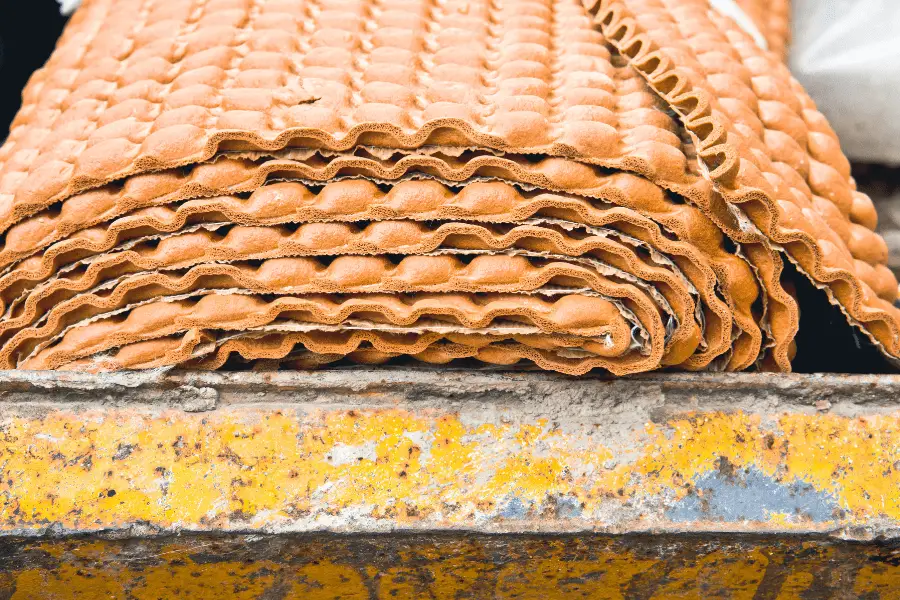
What acoustic flooring can’t do
With the setup outlined above, you can reduce the noise levels inside and outside your home gym dramatically compared to a bare concrete floor. There are some things that this setup can’t do though:
- Take away all the noise inside your gym: noises created inside your gym will still be there. The floor only absorbs them once the sound wave actually hits it. There are still 4 walls and a ceiling that is not acoustically treated that will bounce the sound around. Of course there are ways to treat that too.
- Prevent the vibrations of heavy impact: The setup above will reduce a lot of the impact of dropping weights. However, if you lift very heavy and drop 300+ lbs. on the floor, you’re actually going to shake the construction. While the flooring will absorb some of that, it won’t absorb all of that.
There are some ways to get rid of even those noises and vibrations though. Check it out below.
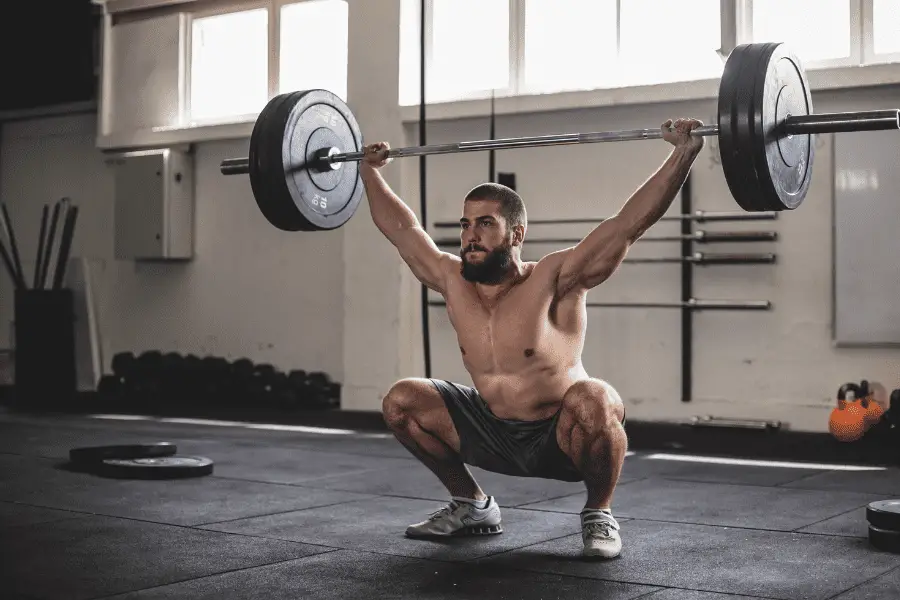
Other noise reduction strategies in a home gym
Getting thick rubber flooring and an acoustic underlay or even a floating floor is mainly going to tackle the problem of transferring noise to other spaces. However, sounds inside the room are not reduced as much. Having the flooring as described above will dampen some noise but if you’re looking to dramatically reduce the noise levels in your home gym, you’ll have to use some other strategies.
Here are some suggestions;
- Deadlift pads: If you want to drop your barbell or dumbbells, deadlift pads (Amazon link) are a massive help. These things are basically airbags for weights. They slow down the weight so the impact on the floor is much slower. These things by themselves make a huge difference if dropping the weights is the only noise complaint you have. You could probably get away with only these pads if other noises are not a problem.
- Acoustic wall panels: Some foam wall panels (Amazon) will reduce the amount of times the noise you create bounces around between the walls. So instead of hearing a sound three times, you only hear it once. While the original sound might be of the same volume, it’ll still feel quieter.
- Rubber coated weight plates: Metal weight plates banging against each other while lifting or when hitting the floor can create a huge racket. Rubber coated weight plates almost completely eliminate that noise. Check out which weight plates I recommend here.
- Barbell collars: Keeping the plates tightly against each other also prevents them from hitting each other. A good barbell collar will help.
- Add rubber pads on power rack and other places where metal surfaces touch: If you’ve got metal on metal contact on your weight bench or power rack, see if you can add a little layer of rubber on the barbell cups.
- Rubber pad under a weight stack. Strength machines with weight stacks can create a lot of noise for neighbors because the whole weight stack just moves up and down like a huge sledgehammer. Just a little layer of rubber or foam under the bottom of the stack can make a difference.
Read more in this article. You can find an in-depth explanation of those suggestions and more above.
